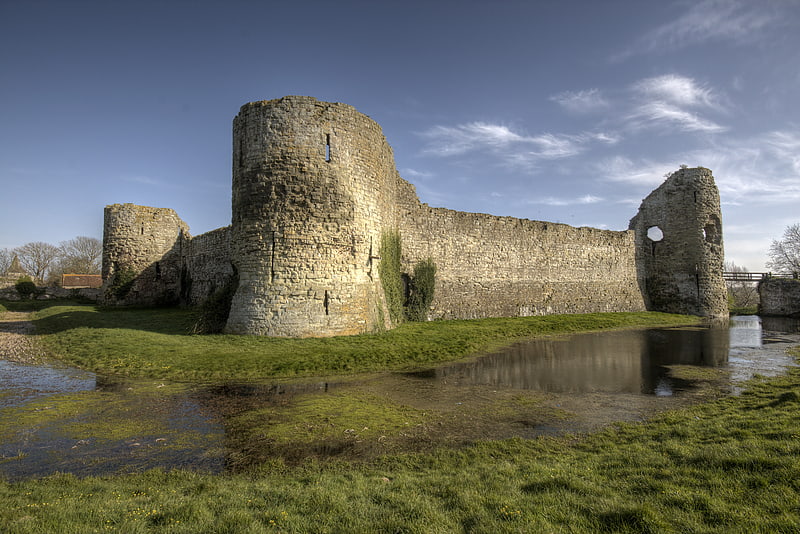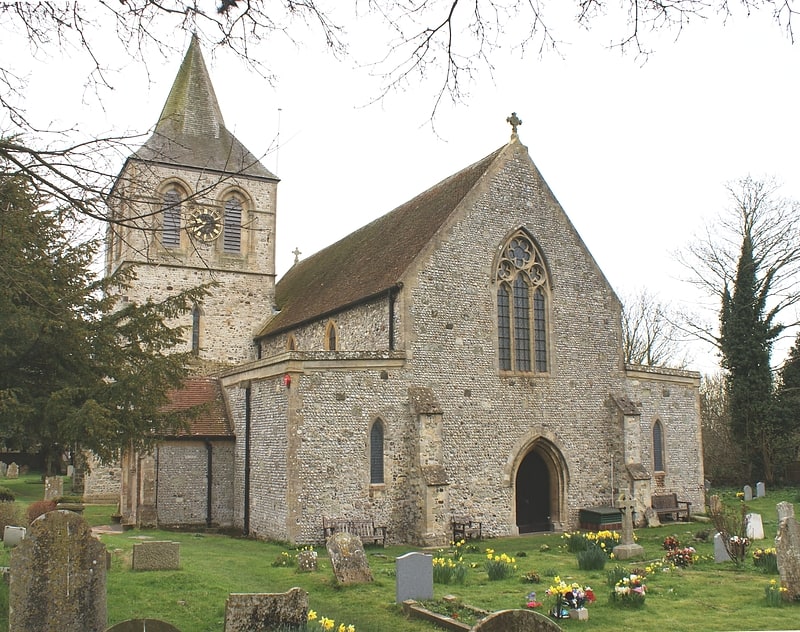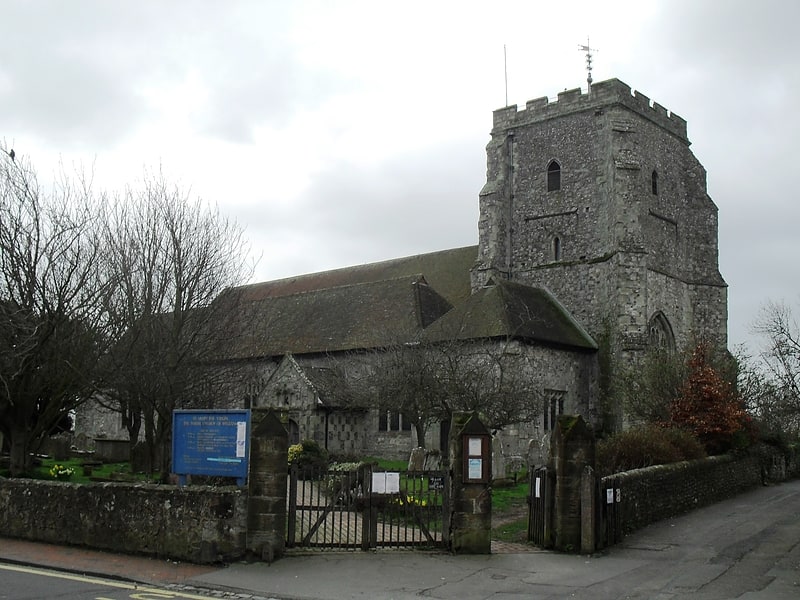Discover 4 hidden attractions, cool sights, and unusual things to do in Pevensey (United Kingdom). Don't miss out on these must-see attractions: Pevensey Castle, St Nicolas Church, and St Mary's Church. Also, be sure to include Anderitum in your itinerary.
Below, you can find the list of the most amazing places you should visit in Pevensey (England).
Table of Contents
Pevensey Castle

Castle in Pevensey, England. Pevensey Castle is a medieval castle and former Roman Saxon Shore fort at Pevensey in the English county of East Sussex. The site is a scheduled monument in the care of English Heritage and is open to visitors. Built around 290 AD and known to the Romans as Anderitum, the fort appears to have been the base for a fleet called the Classis Anderidaensis. The reasons for its construction are unclear; long thought to have been part of a Roman defensive system to guard the British and Gallic coasts against Saxon pirates, it has more recently been suggested that Anderitum and the other Saxon Shore forts were built by a usurper in an ultimately unsuccessful attempt to prevent Rome from reimposing its control over Britain.
Anderitum fell into ruin following the end of the Roman occupation but was reoccupied in 1066 by the Normans, for whom it became a key strategic bulwark. A stone keep and fortification was built within the Roman walls and faced several sieges. Although its garrison was twice starved into surrender, it was never successfully stormed. The castle was occupied more or less continuously until the 16th century, apart from a possible break in the early 13th century when it was slighted during the First Barons' War. It had been abandoned again by the late 16th century and remained a crumbling, partly overgrown ruin until it was acquired by the state in 1925.
Pevensey Castle was reoccupied between 1940 and 1945, during the Second World War, when it was garrisoned by units from the Home Guard, the British and Canadian armies and the United States Army Air Corps. Machine-gun posts were built into the Roman and medieval walls to control the flat land around Pevensey and guard against the threat of a German invasion. They were left in place after the war and can still be seen today. Pevensey is one of many Norman castles built around the south of England.[1]
Address: Castle Road, BN24 5LE Pevensey
St Nicolas Church

Building in Pevensey, England. St Nicolas' Church is the Anglican parish church of the village of Pevensey in the Wealden district of East Sussex, England. The church is a Grade I Listed building.[2]
St Mary's Church

Church in Westham, England. St Mary's Church, Westham, is an active Anglican parish church in High Street, Westham, East Sussex, England, standing to the west of Pevensey Castle. The earliest fabric in the church, in the south wall of the nave and in the transept, dates from the late 11th century. The north aisle and the tower were added to the church in the late 14th century. The chancel was either rebuilt or remodelled in about 1420. During the 1870s restorations were carried out, including one by the Lancaster architects Paley and Austin in 1876–77, when the seating was increased from 297 to 403. The church is constructed in flint with stone dressings and a tiled roof. Its plan consists of a nave with a north aisle and a north porch, a south transept, a chancel with a north chapel, and a west tower. The church is recorded in the National Heritage List for England as a designated Grade I listed building.[3]
Anderitum

Anderitum was a Saxon Shore fort in the Roman province of Britannia. The ruins adjoin the west end of the village of Pevensey in East Sussex, England. The fort was built in the 290s and was abandoned after it was sacked in 471. It was re-inhabited by Saxons and in the 11th century the Normans built a castle within the east end of the fort.
The site decayed to become the archetypal ruinous medieval castle, Pevensey Castle, which is surrounded by a small moat, large green, and unusually substantial Roman defensive walls on three sides. During the Second World War, the Roman fort and medieval castle were adapted for modern warfare, and pillboxes were built into the Roman walls.[4]